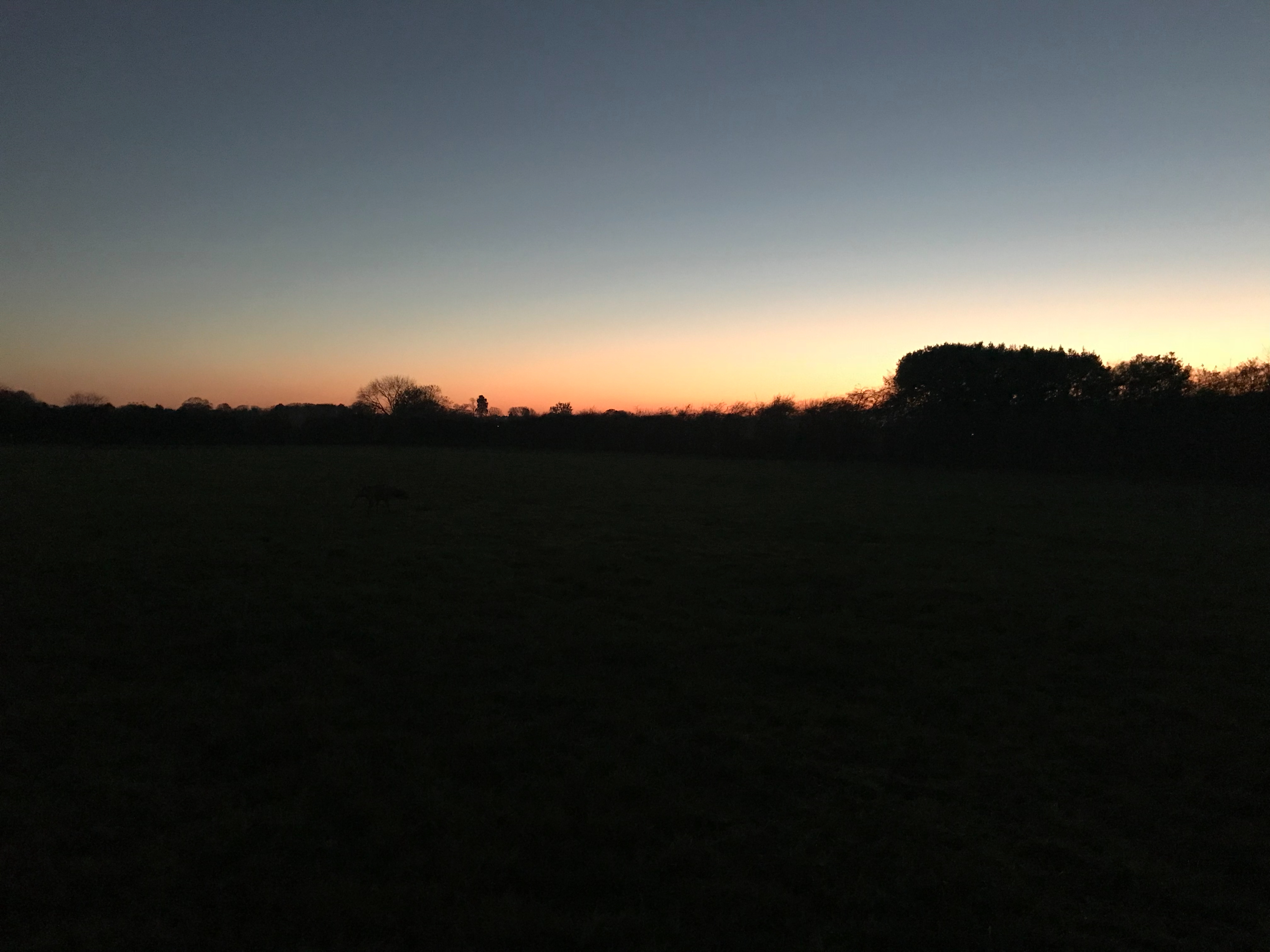Playing the Name Game with Dogs - and Why It Is Important.
- ryecroftmeadow

- Aug 12, 2019
- 4 min read

I have recently been sharing tips and games to members within my online recall workshop and it has made me realise how important our dog's names can be. So many of us overuse our dog's name or use them incorrectly, I certainly have! When we first get a puppy or rescue a dog, naming them is a common topic for conversation, but it appears how we use their name is not so commonly discussed.
Younger puppies are full of energy and enthusiasm, seeing, hearing and smelling the world differently than we do. They often will stay nearby us and pay lots of attention as they learn and discover with us. As they get older, confidence builds and exploration becomes so much more reinforcing, this is where our name training becomes crucial. We want our dogs to explore and learn from their environment, yet give us their attention when we need to draw them away from something or someone or simply just want them to be responsive to us.
This is where the ‘Name Response Game’ comes in. We want to be able to gain their attention by establishing a solid response when we call their name. It is pretty simple really, their name = a reward, something positive will happen. The most important thing is that we keep it positive and try our best to avoid using our dog's name to call them over to something they dislike or use it when we feel frustrated or angry with them. This will likely cause them to feel conflicted on whether they should listen or not, meaning we are unlikely to get the same response from them each time, especially when our body language and the tone of our voice has a part to play.
Marker: A marker is a sound we use as a tool to tell the dog that they have carried out the correct behaviour. Commonly, people use a verbal marker like the word ‘YES’ or they use a clicker. We use the marker along with a reward (treats, toys), after many repetitions the marker itself can make your dog feel happy as they have associated it with a reward. We recommend you introduce the marker with a behaviour they already know to begin; you could practice the cue ‘sit’ and both you and your dog can get used to the marker before using it with behaviours they do not know yet.
Instructions:
1. Begin training in a calm, quiet environment with as little distractions as possible. Get some tasty, high-value treats ready. Say your dog’s name whilst they are already looking at you, mark and reward. Repeat this several times to create a positive association with their name.
2. Once you think they have associated the sound of their name and a reward you can begin saying their name when they look away. (Wait a bit for them to look away, hide treats behind your back, stop any eye contact and look away slightly). If they look back at you quickly upon hearing their name, mark and reward. Repeat this lots!
3. Some dogs may not understand at first so you could make a “kissy noise” to gain their attention instead of repeatedly saying their name (you only want to say it once to gain their attention). If you find you are making the kissy noise several times then move back to step 1 and work on building up a positive association with their name when they are already looking at you.
4. If they are very focused on you, you can throw treats in different directions. Say their name, they look at you, mark and then throw the treat down to their left or right. Once they have eaten it, say their name again, mark and reward by throwing it in another direction.
5. Once your dog is performing the behaviour correctly on most tries, you want to add distractions. You could ask a household member to walk in and out of the room or have them sit and make quiet noises on the other side of the room. Some distractions will be too much for your dog, so build it up gradually and choose distractions appropriately. When your dog looks at the other person, say your dog's name, they look at you, mark and reward.
6. Now you can begin adding more distractions and changing your environment. Once they have mastered it in the living room, move to the kitchen, then move to the garden, pavement, lead walks etc. If they start to ignore you it is likely things in the environment are too much of a distraction at this stage, so move back a step and take it slow.
Training Tips
• Always set your dog up for SUCCESS! For example, beginning this exercise in a park full of other dogs is not the right environment, there are too many distractions.
• Do not ask for any other behaviours once they look at you such as sit, we want them to know exactly what you are rewarding them for!
• Try and refrain from using their name when you are calling them for something they are not going to like.
• If you have several dogs, do this exercise with them separately.
• This is not about your dogs giving you direct eye contact, especially for a long time, many dogs find this uncomfortable. It also does not mean the dog has to come to you. For example, you may say ‘Bella, down’ whilst she is stood on her bed, we don’t want them coming straight over to us, we just want their attention and a head turn.

Author:
Rhian Williams, BSc Canine Clinical Behaviour, FdSc Canine Behaviour and Training


.png)

Comments